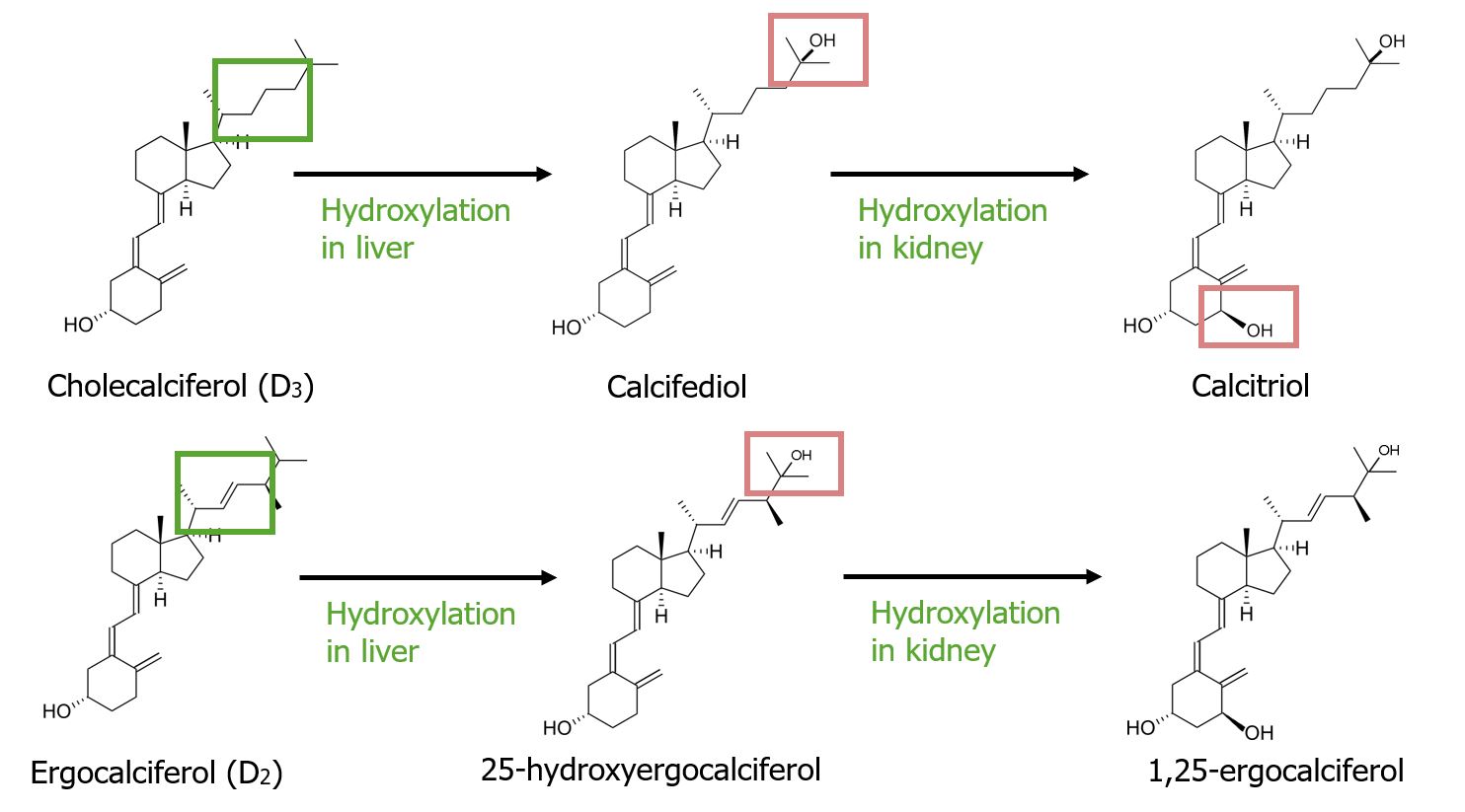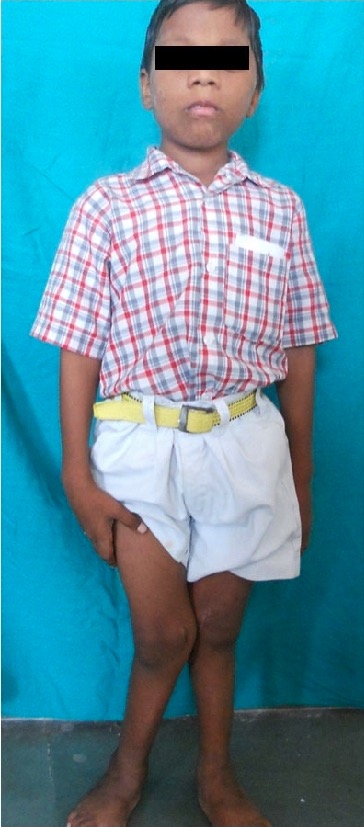Playlist
Show Playlist
Hide Playlist
Rickets
-
Slides VitaminDPathologies EndocrinePathology.pdf
-
Reference List Pathology.pdf
-
Download Lecture Overview
00:02 If there’s deficiency of Vitamin D in a child, we call this rickets. 00:05 But, interesting enough, you take a look at the child and there’s bone. 00:11 So, how is it possible that with Vitamin D deficiency in a child that there’s bone, but there’s hypocalcemia or there’s Vitamin D deficiency? Well, understand the following. 00:23 With Vitamin D deficiency, which renders a child hypocalcemic, at some point in time may trigger PTH to be released. 00:31 The parathyroid hormone that’s being released in a child may then-then-then turn to the bone or more importantly, may turn to the kidney. 00:39 It reabsorbs the calcium, but the problem is it’s not going to reabsorb phosphate, the PTH. 00:45 So, you might have excess calcium, but you might not have the phosphate to properly form what kind of bone? Mineralized bone. 00:52 So, if you don’t have mineralized bone, you don’t have strong bone, but you can have weak bone and this weak bone then softens. 00:59 You notice here in this child that there is a bowing of the legs because the weight that the child is placing upon the bone is not able to properly support the child. 01:09 So, therefore, there will be bowing or bending. 01:12 Not only that, the bowing of the legs will take place, but in addition, if you see what’s here, it’s called Looser’s zone. 01:21 What that represents is the following. 01:22 You probably have seen rickets quite a bit. 01:25 You’ve heard of frontal bossing, you’ve heard of rachitic rosary, you’ve heard of radial overgrowth. 01:31 So, how is it possible that you don’t have Vitamin D, but then you also have frontal bossing, rachitic rosary or radial overgrowth? What’s happening is the fact that, remember, once again, you might have insufficient amounts of phosphate, in fact, you do. 01:48 You don’t have enough phosphate, so you’re not mineralizing the bone. 01:51 If you’re not mineralizing the bone then what you expect here and what you’re seeing here on the X-ray would be the epiphyseal plate and this epiphyseal plate is not being properly mineralized. 02:02 You call this a Looser’s zone, fracture-like radiolucent lines. 02:07 Enlarged liver and spleen, profuse sweating, generalized tenderness, listlessness and insomnia are all parts of your clinical manifestations of rickets. 02:18 Bottom line, as the first stanza says, defective mineralization due to lack of phosphate availability.
About the Lecture
The lecture Rickets by Carlo Raj, MD is from the course Parathyroid Gland Disorders.
Included Quiz Questions
What is the pathophysiology of rickets?
- Vitamin D is deficient which is necessary for calcium and phosphate homeostasis.
- PTH only mediates the absorption of phosphate, not calcium.
- Inactive vitamin D increases the excretion of calcium.
- PTH blocks the absorption of phosphate in the gut.
- Vitamin D is necessary for the synthesis of PTH.
What is NOT a characteristic of rickets?
- Hyperactivity
- Rachitic rosary
- Looser's zones
- Hepatosplenomegaly
- Bowing of long bones of the leg
Customer reviews
5,0 of 5 stars
| 5 Stars |
|
5 |
| 4 Stars |
|
0 |
| 3 Stars |
|
0 |
| 2 Stars |
|
0 |
| 1 Star |
|
0 |






